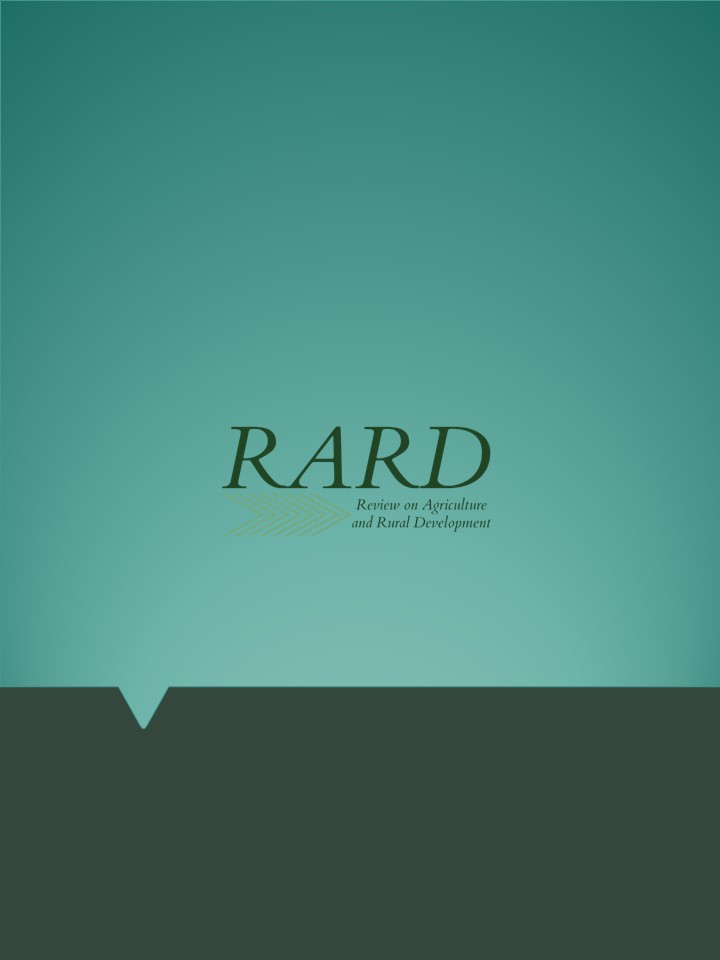Comparison of different substrates for organic seedling production
Main Article Content
Abstract
ABSTRACT
Propagation from seedlings is generally applied in the horticultural sector and it has many advantages including earlier harvest and more efficient resource (land, time, energy and seeds) utilization, as well as healthy and homogenous plant production. In conventional large-scale horticulture, seedling cultivation has already become a separate sector. The basis of successful seedling production is the use of the suitable substrate. The physical and chemical quality of the growing medium is crucial. There can be significant differences among the growing media available at the domestic market. For own substrate, farmers put different mixtures of peat, perlite and nutrients together according to a unique recipe.
According to the Regulation (EU) 2018/848 on organic production and labelling of organic products, only organic seed and seedling can be used for organic plant production. Therefore, seeds, fertilizers, plant protection and disinfection substances are allowed to be applied only when authorized for use in organic production by the regulations.
Recently there are only a few professional organic seedling producers in Hungary. Most of the organic farmers produce their own seedlings. For this purpose, commercially available certified organic growing media, or home mixed substrates are used.
In this study, two commercially available organic substrates (Florasca Bio B and Klasmann KKS Proline) are compared with two typical farmer mixtures: peat with pelleted cattle manure and peat with compost. The physical and chemical properties of the substrates are investigated and presented.
